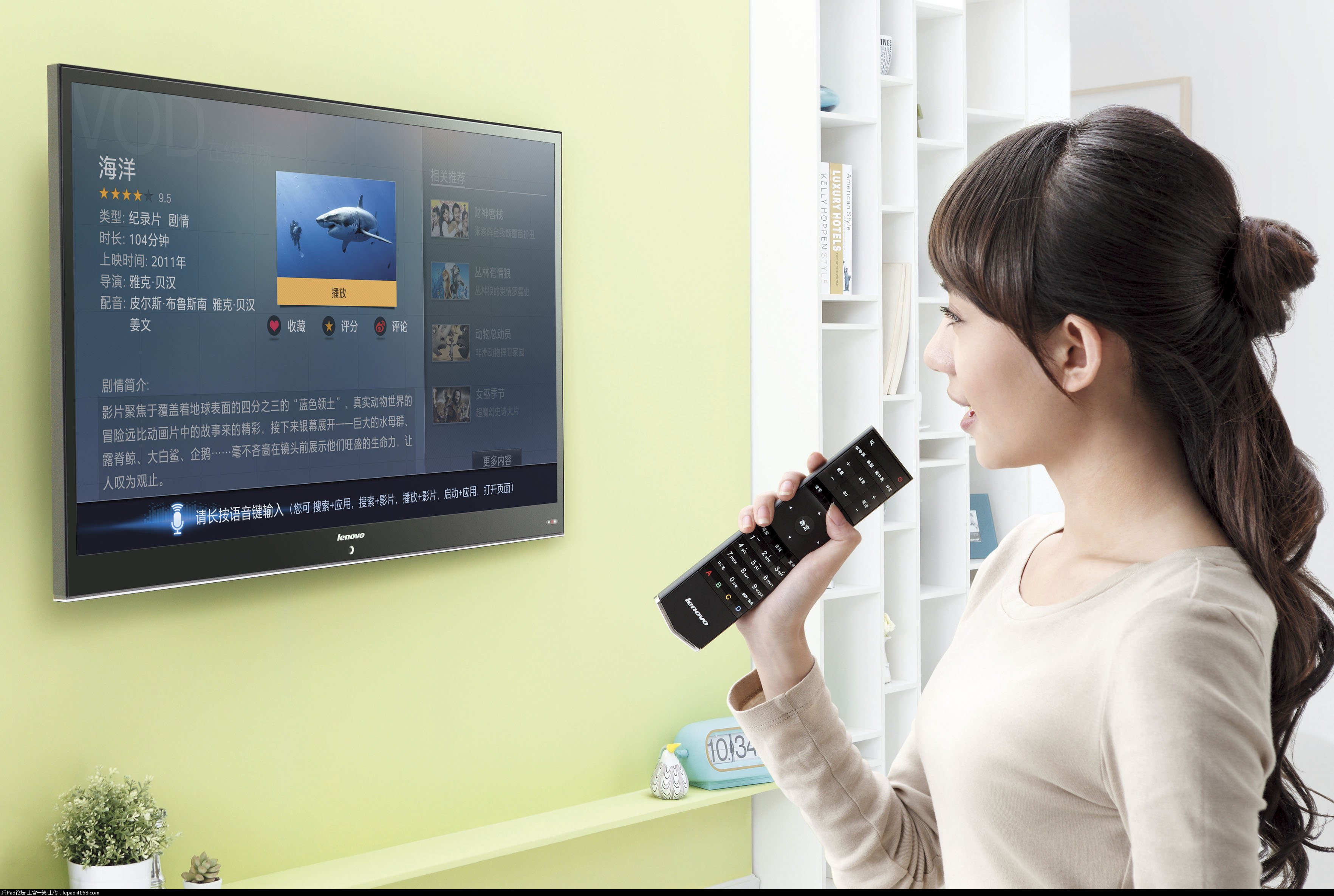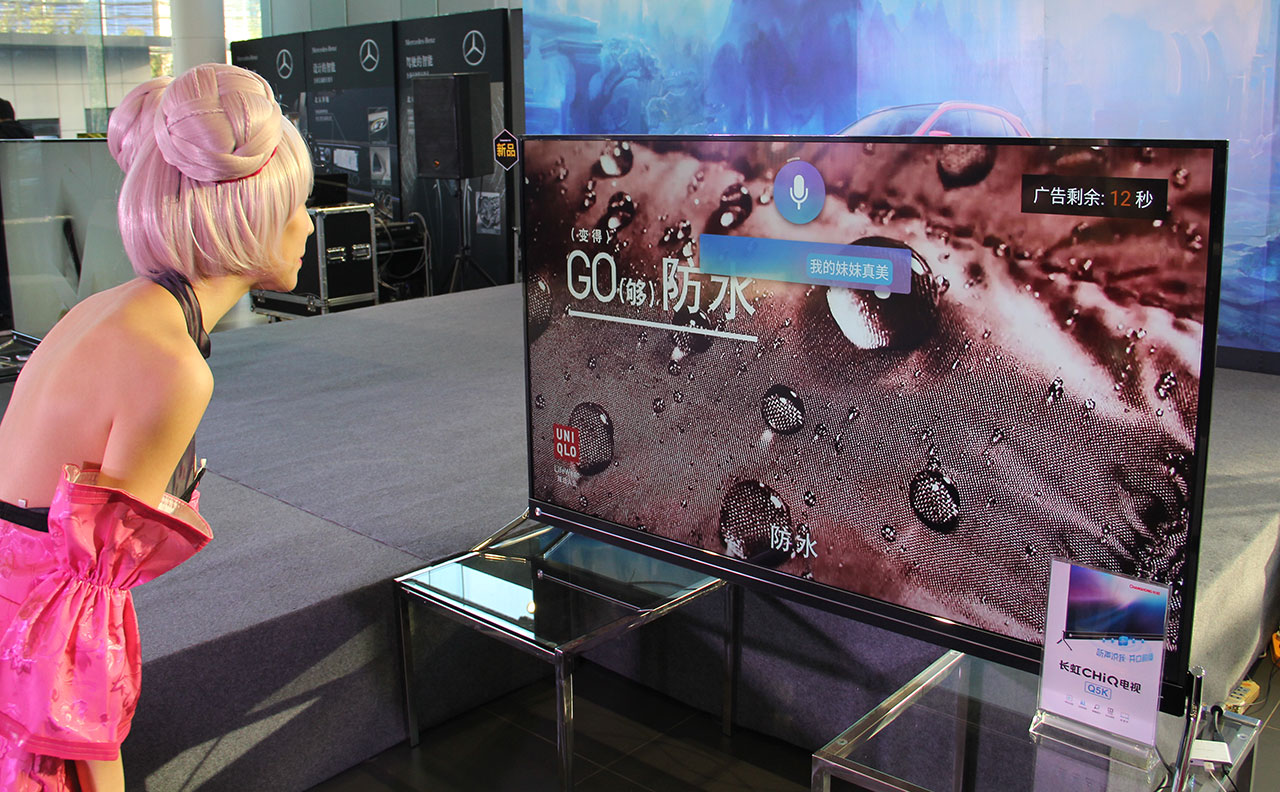With the advancement of science and technology, some things that have only been seen in science fiction have slowly appeared in our daily lives, and artificial intelligence is one of them. This is also the current major home appliance manufacturers in research and development. Among the technologies, one of the main features. However, as a smart home appliance, the minimum smart function should be to perform autonomous work according to some of our orders, and this requires an extremely excellent voice interaction system, which is a so-called intelligent voice system, to achieve this. So far, the common home appliances that we use every day, including televisions, air conditioners, etc., have this function. In addition, many smart sweeping robots can also do this.

Take the best TVs that smart phones do in home electronics, we can use TV remote controls, mobile phones and other third-party tools to operate TVs. These operations include basic TV usage, such as changing channels, controlling volume, etc. Resources can be searched, but this is limited by the resource providers that TV manufacturers cooperate with and can only perform limited searches.

In the near future, a manufacturer introduced a new smart TV with remote voice control. This kind of TV's voice control can get rid of the limitations of third-party tools such as TV remote control. It can directly control the TV within a certain range. Basically, all the functions of the TV can be controlled. Science fiction. However, the inadequacies are also obvious. For example, first, it is vulnerable to external noise. When the external noise is too large, the TV cannot effectively receive the voice commands. Second, when the remote use starts, it will Every sentence spoken is identified and there is no limited difference between the received speech.

Then the question arises. Are these so-called intelligent voices on smart TV really useful? Is it worth buying a single order for this function?
For purely speech recognition, although the whole country is promoting Putonghua, there are still more people who do not speak Putonghua in daily life. Besides speaking Mandarin, most people's spoken language is not standard. In this case, can the voice recognition of the TV really recognize the user's voice command? If not, what is the meaning of this intelligent voice? The actual use effect may not be as good as using a remote control. After all, there are many kinds of dialects across the country like stars.

In addition, there is the problem of content identification, that is, it is impossible to distinguish the content spoken by the user. For example, the instruction given to the TV to allow it to search for a program may be due to the problem of tone or segmentation when speaking. It's very embarrassing to say that only a part of the content is intercepted, and then the contents of the search are all sorts of strange things.
Of course, the problem is not only the two. Although smart voice technology may be just a technology that has just begun to be tried in the home appliance industry, it is not very mature, but even if it has these deficiencies, it cannot be denied that this progress is extremely promising. The landmark significance of the remote control that may accompany TV for several decades will gradually reduce its effect and eventually disappear completely, which may be more convenient in practical use. All this is due to the continuous improvement of current intelligent voice systems.
But for now, most of the intelligent voice systems on the market today are like chicken ribs. They are useless, but the current environment is also like this. They are all adding intelligent voice systems to the machines. We can only buy them. It was forced to spend.
Therefore, the only thing we can do is hope that all manufacturers can increase their R&D efforts so that these intelligent voices can really play a role. It's best to be like Jarvis in Iron Man, where clothing, food, housing, and transportation can help us to deal with it. Think about sitting in your home and not having to use your hands. You only need to move your mouth. Everything can be done in an orderly manner. How embarrassing it is!
Small computer system interface (SCSI) is an independent processor standard for system level interfaces between computers and intelligent devices (hard disks, floppy drives, optical drives, printers, scanners, etc.). SCSI is an intelligent universal interface standard.
The maximum synchronous transmission rate of the original SCSI standard was 5MB / S (scsi-1, also known as narrowscsi, in 1986, the maximum support for seven devices, the clock frequency was 5MHz), and the later SCSI II specified two options for increasing the speed. One is to increase the frequency of data transmission, namely fast SCSI (in 1994, the maximum support for 7 devices) is 10 Mb / S (10 MHz) because the frequency is doubled; the other is to double the transmission frequency and increase the width of the data path from 8 bits to 16 bits. The maximum synchronous transmission speed of widescsi is 20MB / S (the clock frequency is 10MHz, in 1996, the maximum support for 15 devices).
The third generation of SCSI appeared around 1995, but there was no unified standard
1. Ultra SCSI with maximum synchronous transmission speed of 20MB / S (also known as FAST-20 SCSI, clock frequency of 20MHz);
2. Ultra wide SCSI with maximum synchronous transmission speed of 40MB / S (same as 1);
3. Ultra2 SCSI with maximum synchronous transmission speed of 40MB / S (also known as fast-40 SCSI, clock frequency of 40MHz, 1997).
Later, some newer SCSI standards appeared
1. Ultra2 widescsi with maxmum synchronous transmission speed of 80mb / S (clock frequency of 40MHz);
2. Ultra 3 SCSI with maximum synchronous transmission speed of 160MB / S (also known as ultra-160 or fast-80 wide SCSI, clock frequency of 40MHz plus double data rate, 1999);
3. Ultra 320 SCSI with maximum synchronous transmission speed of 320mb / S (also known as ultra 4 SCSI, clock frequency of 80MHz plus double data rate, 2002); 4. Ultra 640 SCSI with maximum synchronous transmission speed of 640MB / S (clock frequency of 160MHz plus double data rate, 2003, is the latest SCSI standard)
This interface is a convenient interface standard for system integration, cost reduction and efficiency improvement. More and more devices will use the SCSI interface standard. Therefore, there are many hard disks and SCSI CD-ROM drives with SCSI interface. However, due to the cost problem, they are mainly used on medium and high-end servers and workstations.
Metal Male SCSI Cover Section
ShenZhen Antenk Electronics Co,Ltd , https://www.coincellholder.com